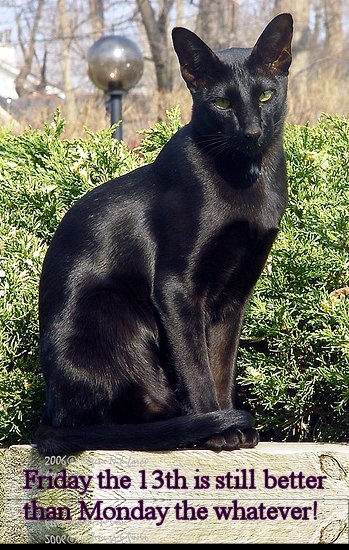It’s Friday the 13th, which has always been a lucky day for me — so I’ve decided this is also the day in which I shall restart my blog in hopefully new and interesting ways! For example, if you wish, you can soon listen to me speaking my thoughts, rather than simply reading it yourself. Someday — also soon! — I hope to have video as well.

Student Loan: The Repayment
Side note: while this subtitle does sound vaguely like some sort of new roleplaying game, I’m pretty sure it wouldn’t be much of a seller! ;)
So! The interest on student loans started up at the beginning of September, and post-pandemic repayments began again at the beginning of October. Heck of a birthday present! OTOH, I’m extraordinarily pleased to report my student loans are, at this point, two-thirds paid off — so yay, me! Hopefully I’ll find a good, fulfilling job soon, and then I’ll focus on hammering down the loan as fast as I can. Almost there!
We Are the Stories We Tell Ourselves
Jumping subjects… my father died on August 31st. As a consequence, I’ve had the opportunity to reflect on all the absolutely fascinating stories people told as they reminisced about him — both for his obituary (which I wrote for my Mom at her request, so she could give a copy to folks), and during the memorial, which was a celebration of his life. For me, this really underscored my personal belief that you can’t ever completely know someone else — I think there are just too many facets to their personality. Heck, it’s hard enough to truly know yourself in depth! It’s an ongoing life project for me, I know.
As an example, I and my younger sister were two of the speakers at my dad’s memorial service. During her talk, my sister mentioned that due to my parents already having “a beautiful girl” when she was born, she (as the second girl-child) grew up very tomboyish. This statement really surprised me for a couple of reasons. First, in my experience, it was my sister who was always presented (especially to me) as the ‘pretty’ one. She was the cute, extroverted child who everyone loved, while I had more trouble making friends, and was consequently more likely to be found with my nose in a book. Second, while we both had non-feminine-standard hobbies — for example, we both rode horses competitively — Cindy was always more girly than I. It was she, for example, who was (and still is) more of a clotheshorse, and who routinely wears makeup.
But that’s the story I tell myself, of course. Clearly she tells a different one — especially in regards to my father. It’s quite obvious to me that we each knew a very different facet of the same man. Further, I don’t doubt both facets are equally true — and, in a way, false as well — to the entirety of the man.
What is A Religious Elevator Pitch?
While I was in Florida for the memorial for my father, one of my cousins curiously asked me what the difference was between patriarchal and matrifocal religions — a no-more-than-two-minute elevator pitch, if you will. I wasn’t very smooth, of course, since this was somewhat sprung on me, but it was an intriguing enough request that I thought it would be interesting to craft now, so that I have it clear in my head for later should anyone ask.
The required caveat: these are, of course, all generalizations; exceptions can likely always be found. Consider the following to be true predominantly, rather than absolutely.
- Patriarchal religions: I call these organized or corporate religions, and currently I’d place all five of the world’s largest religions (the three religions of the Abrahamic Book, Hinduism, and Buddhism) in this category. These religions are usually based on a hierarchy of worth, with power increasing upwards, usually to the point where a single man represents a punishing or vengeful God-the-Father. Such categorization causes a rather black and white view of the world: men are always more highly valued than women, and nature is non-sapient and therefore should be exploited. Order is enforced through fear of punishment in both the secular and sacred world.
- Matrifocal religions: these faiths are much harder to quantify, though I’d include Women’s Spirituality and Wicca in this group, as well as the religions of matrifocal cultures which center women. For these religious faiths, power is generally shared in an egalitarian arrangement in which the natural world is considered equally valuable with women, children, and men. Ambiguity is embraced — for example, there is often no separation between the sacred and the secular, and participants freely self-define their spirituality. Rather than a strict linearity, time is measured via the natural cycles of life, death, and rebirth. Goddess the Mother’s love and nurturance is usually the predominant teaching, and the warmth and closeness of community is valued over individual greed or desire.
Hope that’s interesting! So, should I explain this further? Do you agree, or not? Let me know your thoughts in the comments!